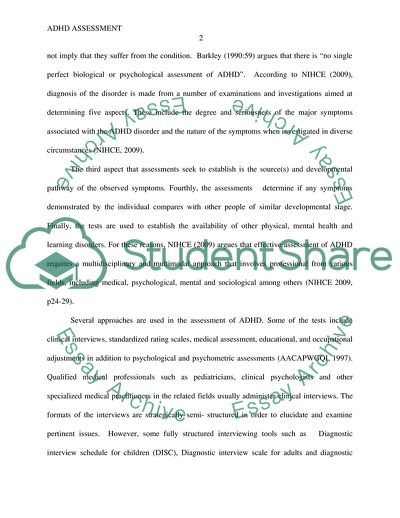Cite this document
(Concepts of Attention Deficit Hyperactivity Disorder Coursework Example | Topics and Well Written Essays - 2000 words, n.d.)
Concepts of Attention Deficit Hyperactivity Disorder Coursework Example | Topics and Well Written Essays - 2000 words. https://studentshare.org/psychology/1771573-assessment-test-assessment-of-adhd
Concepts of Attention Deficit Hyperactivity Disorder Coursework Example | Topics and Well Written Essays - 2000 words. https://studentshare.org/psychology/1771573-assessment-test-assessment-of-adhd
(Concepts of Attention Deficit Hyperactivity Disorder Coursework Example | Topics and Well Written Essays - 2000 Words)
Concepts of Attention Deficit Hyperactivity Disorder Coursework Example | Topics and Well Written Essays - 2000 Words. https://studentshare.org/psychology/1771573-assessment-test-assessment-of-adhd.
Concepts of Attention Deficit Hyperactivity Disorder Coursework Example | Topics and Well Written Essays - 2000 Words. https://studentshare.org/psychology/1771573-assessment-test-assessment-of-adhd.
“Concepts of Attention Deficit Hyperactivity Disorder Coursework Example | Topics and Well Written Essays - 2000 Words”. https://studentshare.org/psychology/1771573-assessment-test-assessment-of-adhd.


